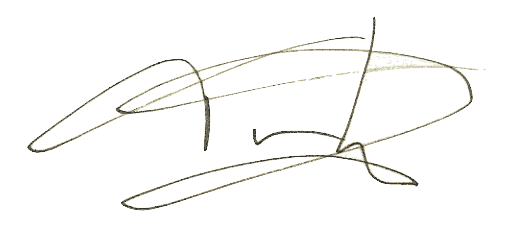
Trading on results instead of trading on time.
6 tips for results driven treatment.

Let me describe my basic method for assessment and treatment that has empowered me to get great RESULTS for thousands of patients. It is yours to take and use! I would suggest you print this out, keep it on your clinic desk and use it for every new patient.
It may sound simple, but the location of the pain is typically your first observation, and the most valuable information when beginning to assess and treat. As you treat and assess with follow up treatments, the pain patterns will often change. Where the pain moves to provides you with critical information. Discerning why the pain has moved is often critical in leading you to identify the primary dysfunction. And trust me, it is not always where the patient thought it was.
It starts with charts.
Studying Myotherapy means studying myofascial pain patterns. At uni I kindof assumed that my career would consist of treating a niche market: people that suffered with myofascial pain. It only took me a few months of clinical practice to realise that this particular type of pain was not only common but present in nearly every chronic pain sufferer I met. How am I so sure? I recognised the pattern and I was able to fix it! Because pain referred from muscle was, and still is, so poorly recognised by the medical profession, I regularly encountered patients who had tried every therapy, scan and specialist before trying Myotherapy as a last resort.
In some cases a patient would literally cry when I stated that I recognised their pain pattern! No one had every said that.
After three years of practice and, at the time, treating one hundred patients a week, I became convinced that a thorough knowledge of myofascial pain patterns was in fact my greatest asset in being able to assess and solve chronic pain syndromes.
Six simple tips for solution-driven assessment.
Tip 1. Where is the pain?
As I said at the start, the location of the pain is your first observation and the most valuable information when beginning to assess and treat. Use a body chart in your notes to annotate where the pain is. Ask lots of questions. Chart ALL the pains that the patient describes, including those that do not seem related to their primary complaint.
Patients with chronic pain present to you with pain in many places. I liken this to turning up to the scene of a road accident involving multiple cars. You can see the mess, you can see the consequences but you have no idea how it happened or what came first. In the same way, a patient with chronic pain presents to you with a variety of symptoms and it is hard to know what is primary, what is secondary, what is tertiary and so on. It is often only as you treat and assess with follow up treatments that it becomes possible to identify the primary dysfunction.
Tip 2. Differentiate between different types of pain.
Your patient may have joint or neurological symptoms, like pins and needles. Do not address these symptoms with direct treatment to begin with. Address the myofascial pain and associated restrictions first. It is this type of pain that is usually the most responsive to treatment. Treating the myofascial pain first is a good way to get early results, reducing pain and improving movement. Movement is a healing agent, so improving some ROM early is a great way to empower the body to begin to heal itself and then the body will actually feedback to you more information as pain patterns change in response to improved movement patterns. These changes help your patient gain confidence in the treatment.
Tip 3. Educate your patient.
If your patient has neurological symptoms...
Download the rest of the article for the remaining tips and a practical patient example.
Myotherapy should not be the poor cousin to Physiotherapy! Myotherapy should be a peer to Physiotherapy and similar therapies. I specialise in training Myotherapists to excel in technique, results and patient satisfaction.
